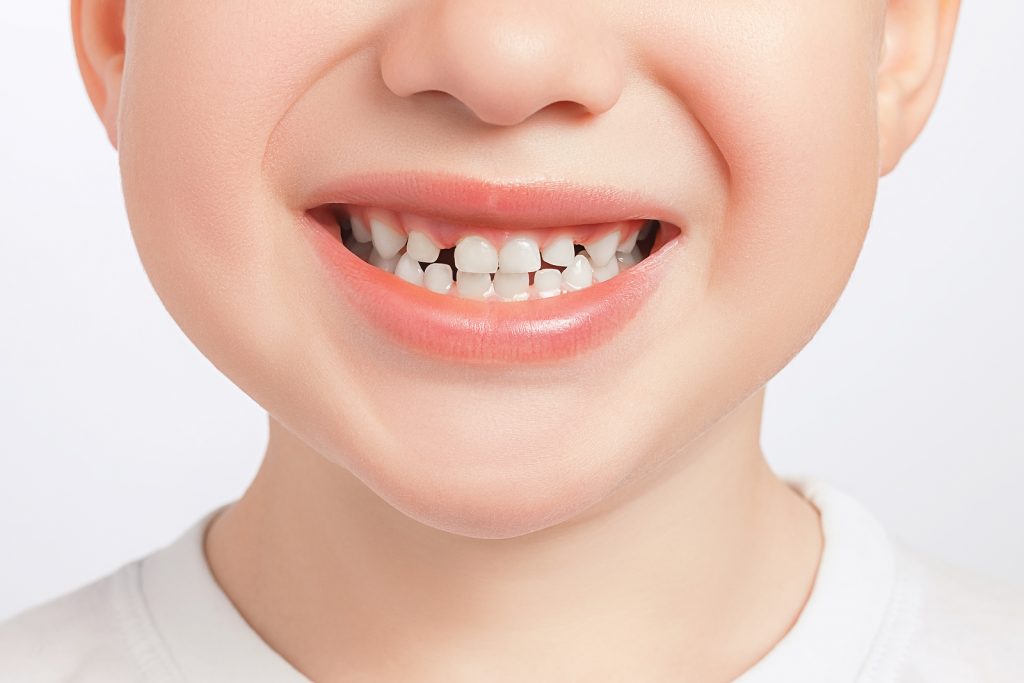One of the most exciting things in the life of a parent is certainly to observe the first milestones in their kids- to see them walk for the first time, talk for the first time and so on. As a parent, you must be waiting for that moment when your baby grows his or her first tooth and flash his or her first unparallel smile! But what if he or she grows some more than expected? Well, if you go to a dentist, he would surely say that it is a condition of Hyperdontia, and before you are perplexed and start wondering what that means, it is very important that you go through this article and know about it from beforehand! But don’t worry. Your baby is not the first one to have this condition and it is treatable as well!
In This Article:
What Is Hyperdontia?
Hyperdontia is an oral condition characterized by having an excess number of teeth. Children are usually expected to have 20 primary teeth and so, if they have more than 20 primary teeth, they are probably suffering from Hyperdontia. For permanent teeth, the usual number should be 32 and exceeding that number is a special case as well. Supernumerary teeth can occur in any part of the dental arch, but the most common supernumerary teeth are permanent, anterior incisors, in the maxillary (upper) arch.
How Common Is Hyperdontia?
According to statistics, more than 1 million people go through this in a year, so there is not so much to worry about! Among children, this case is seen in about one to four percent of the total population and of course, if your child has this condition, he or she cannot do anything about it. In most cases however, there is one extra tooth and having more than that is a rare occasion indeed. There have been reported cases of over 30 supernumerary teeth in one person, but condition such as these are extremely rare.
It is interesting to note that studies have shown, children who have more number of primary teeth have relatively greater chances of developing supernumerary teeth. Hyperdontia can be of several types depending on where the extra teeth is found. The condition however is treatable by several measures which we have talked about in this article.
Remedies For Hyperdontia In Children
Do Not Ignore:
The most basic things that you, as a parent should keep in mind is that, never neglect the condition of Hyperdontia in your child. This condition will not go away naturally. The extra tooth cannot disappear one fine day. In fact, if it is left untreated for too long, the supernumerary teeth might fuse to permanent teeth, making the situation serious and worse. Hence, immediate medical attention should be seeked.
Regular Dental Checkups:
It is not always possible for the parents to understand the development of the supernumerary teeth and how much it will affect the child. So, the best way to deal with this condition is certainly to take your child to a dentist who will be the best person to judge the condition of the extra teeth. If they are harmless, he would take measures accordingly, and if they are harmful enough to affect your child’s health, he might plan for an extraction.
Extraction:
The best way to get rid of a supernumerary tooth is probably to get it extracted. However, whether that is needed or not, depends completely on the doctor’s opinion. If they feel that it is harmful enough to cause disturbances later in life, they usually extract it out before it can cause some serious damage. If they find it to be harmless however, they often skip the process of extraction.
Orthodontic Approach:
Extra teeth can misalign the other teeth. If this is the case with your child, the oral health care practitioner will resort to orthodontic methods to ensure the misaligned teeth are in their proper place after the extraction of the extra teeth.
Endodontic Method:
This process is undertaken only when the dentist finds that the permanent teeth has fused with the permanent teeth. This is a oral surgery process where the tissue around the tooth is removed first. This is an extreme condition where removal becomes necessary.
Sources:
- https://www.ncbi.nlm.nih.gov/pmc/articles/PMC5376450/
- https://www.ncbi.nlm.nih.gov/books/NBK578299/h
